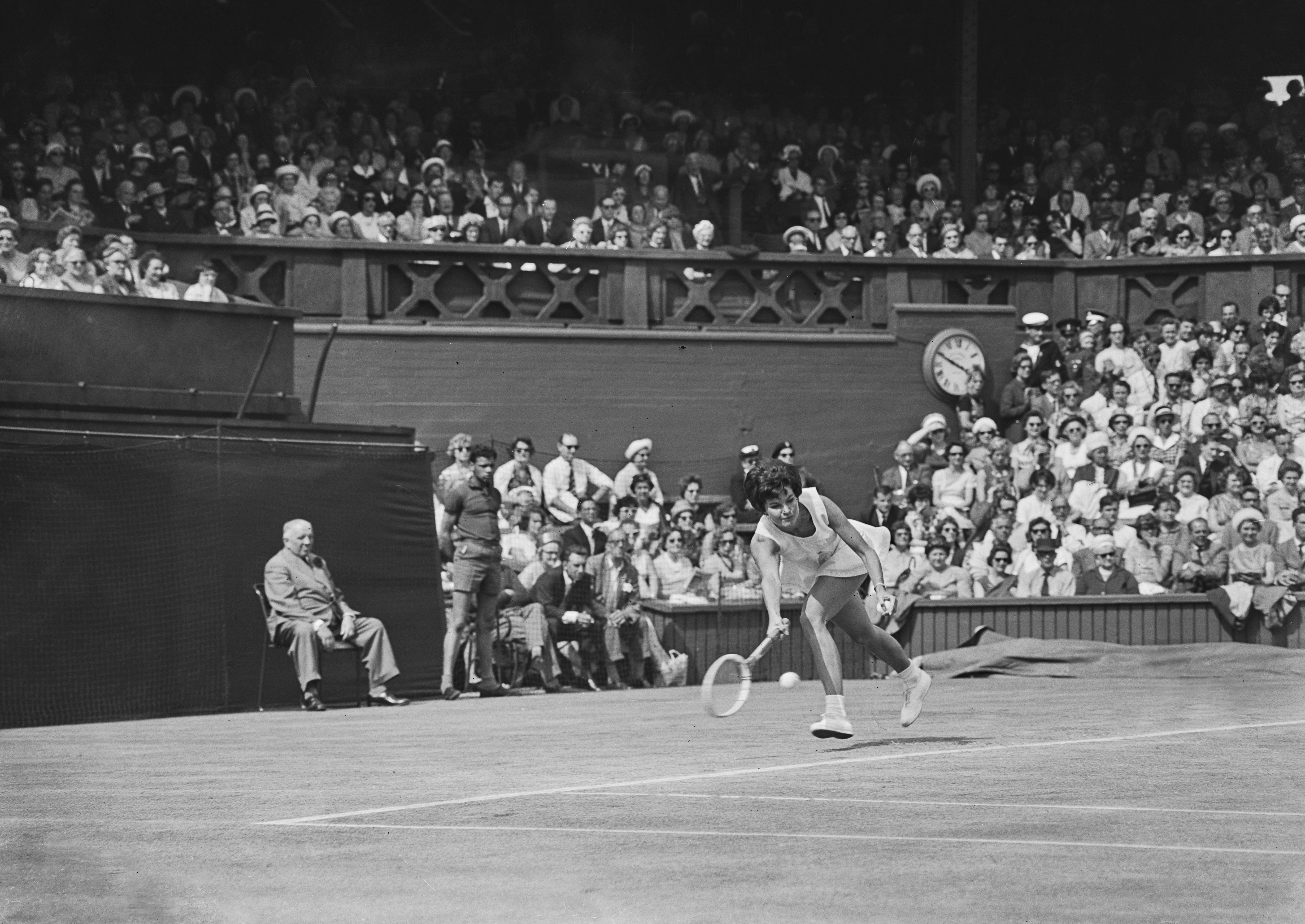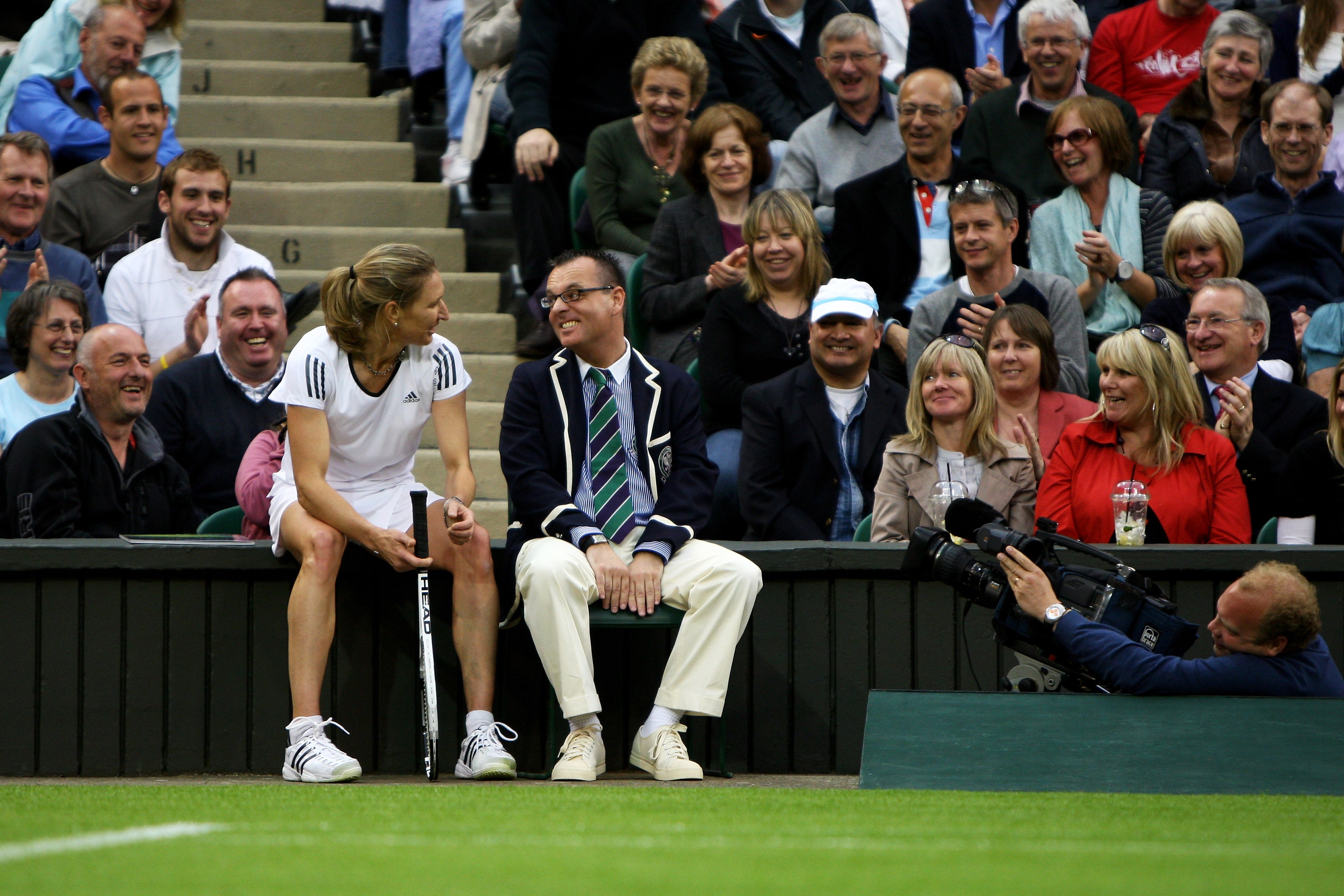Wimbledon ditches line judges after 147 years
Line judges will be replaced by Hawk-Eye’s electronic line calling technology starting from the 2025 Championships

Your support helps us to tell the story
From reproductive rights to climate change to Big Tech, The Independent is on the ground when the story is developing. Whether it's investigating the financials of Elon Musk's pro-Trump PAC or producing our latest documentary, 'The A Word', which shines a light on the American women fighting for reproductive rights, we know how important it is to parse out the facts from the messaging.
At such a critical moment in US history, we need reporters on the ground. Your donation allows us to keep sending journalists to speak to both sides of the story.
The Independent is trusted by Americans across the entire political spectrum. And unlike many other quality news outlets, we choose not to lock Americans out of our reporting and analysis with paywalls. We believe quality journalism should be available to everyone, paid for by those who can afford it.
Your support makes all the difference.Wimbledon has ditched line judges in favour of technology which calls whether a ball has landed out within a tenth of a second.
Line judges have been part of the furniture at the All England Club throughout the tournament’s 147-year history, sitting or crouching around the edge of the court wearing smart attire, and using loud shouts combined with economic gestures to signal faulty serves and misplaced shots.
But the venue has taken the decision to install automated electronic line calling (ELC), made by Hawk-Eye, on all 18 match courts, including Centre Court and Court One. The technology will take over at the 2025 Championships.
Electronic line calling was first used as an experiment at the ATP Next Gen Finals in Milan in 2017, and was adopted more widely during the Covid-19 pandemic. It will be used on all courts across ATP Tour events from 2025.

The Australian and US Opens have already replaced line judges with electronic calling, although the French Open still relies on the human eye.
Players have widely supported the roll out, and Wimbledon organisers felt the tournament could become antiquated if it failed to keep up with technological advances in the game.
“The decision to introduce Live Electronic Line Calling at The Championships was made following a significant period of consideration and consultation,” said Sally Bolton, the chief executive of the All England Club.

“Having reviewed the results of the testing undertaken at The Championships this year, we consider the technology to be sufficiently robust and the time is right to take this important step in seeking maximum accuracy in our officiating. For the players, it will offer them the same conditions they have played under at a number of other events on tour.
“We take our responsibility to balance tradition and innovation at Wimbledon very seriously. Line umpires have played a central role in our officiating set-up at The Championships for many decades and we recognise their valuable contribution and thank them for their commitment and service.”
The ELC technology works by tracking balls using multiple cameras set up around the court. An automated voice mimics that of a line judge, with a loud call of “out!” or “fault!” emitted within a tenth of second.

A video operator will oversee the technology from an external room. Chair umpires will continue to take their seat overlooking the court to enforce the rules of the game.
This year Wimbledon employed around 300 line judges for the two-week tournament. They typically work part-time, and many will now be forced to give up the role as both Wimbledon and ATP events such as Queen’s Club move to innovate.
Some line judges may need to be kept on standby, however, at least while the technology is implemented. Play at the US Open was suspended last month when a fire alarm went off in the office of the tech’s video operators, causing an evacuation.


Join our commenting forum
Join thought-provoking conversations, follow other Independent readers and see their replies
Comments